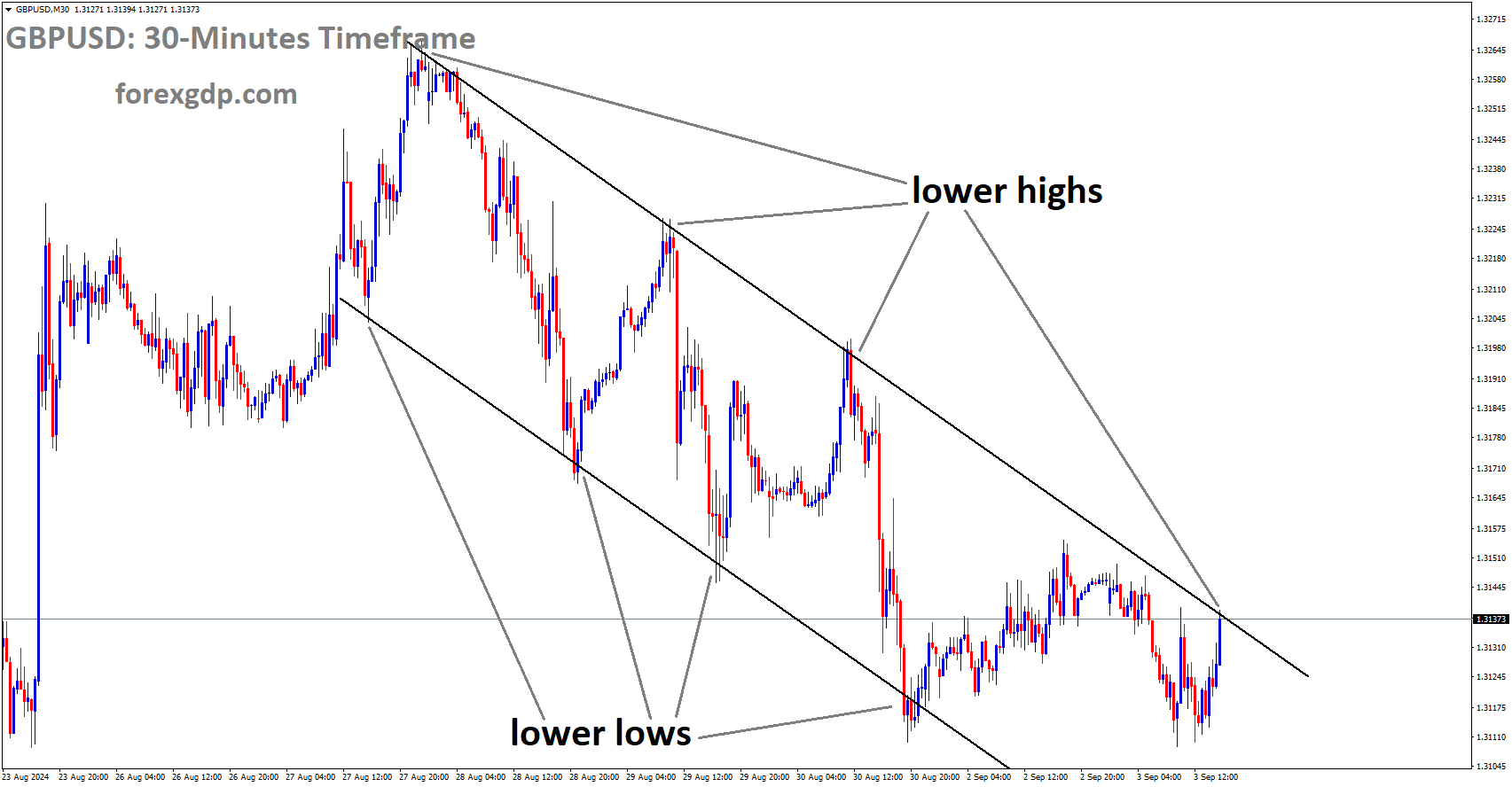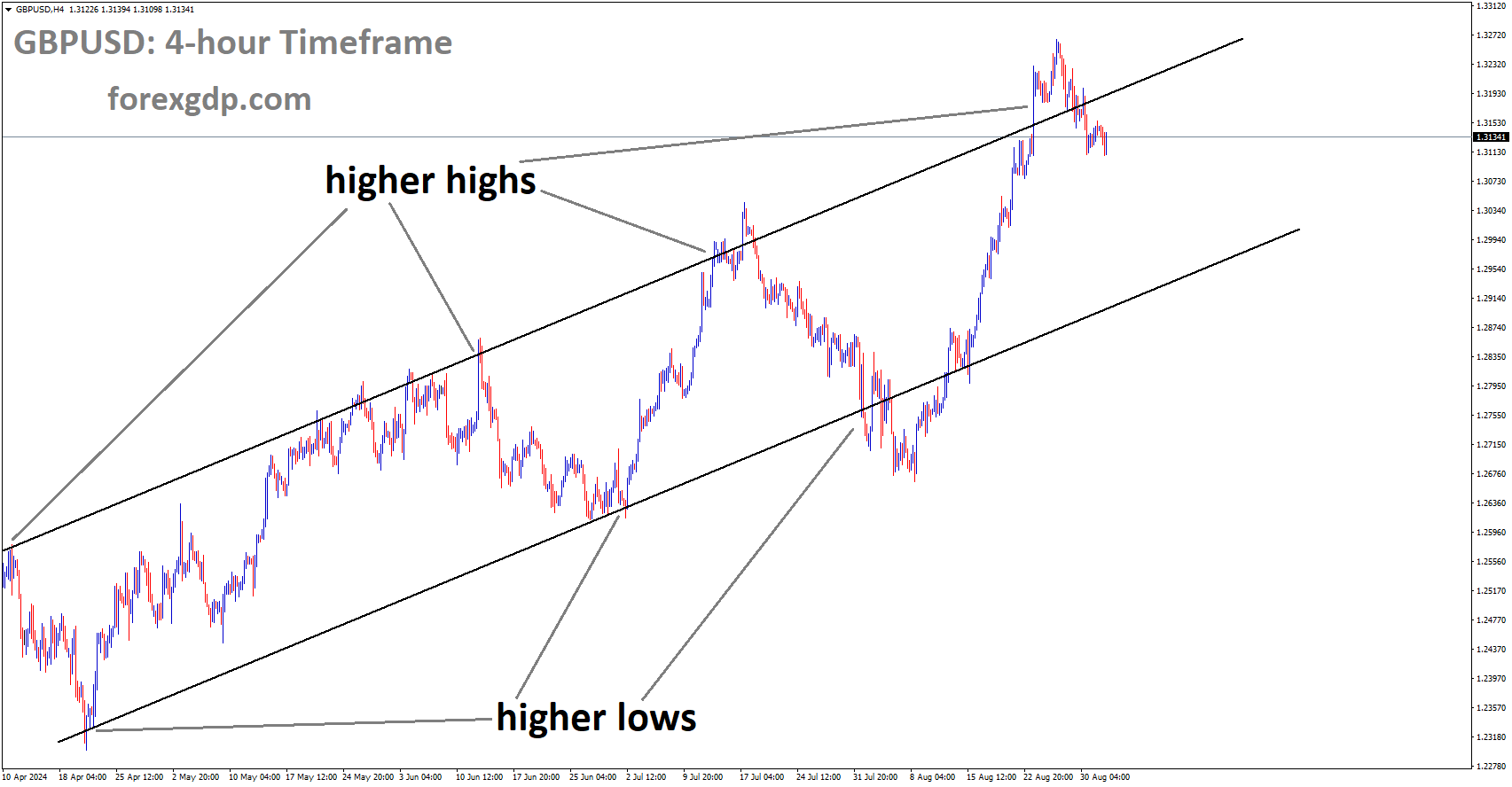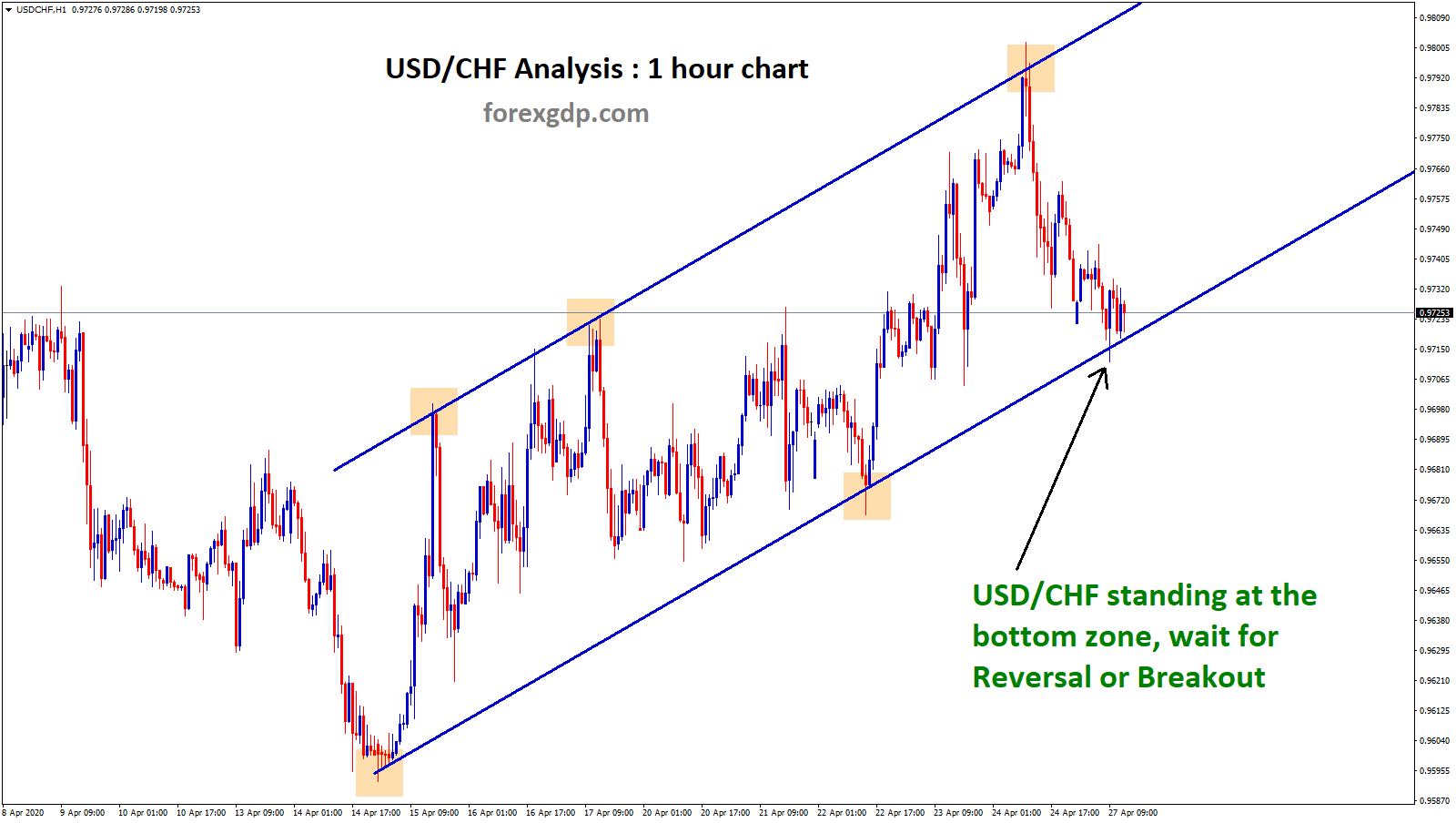GBPUSD is moving in a descending channel, and the market has reached the lower high area of the channel
#GBPUSD Analysis Video
The Pound Sterling’s Struggle: What’s Behind the Drop Against the US Dollar?
The Pound Sterling (GBP) has recently found itself in a bit of a pinch, especially when measured against the US Dollar (USD). If you’ve been watching the markets, you might have noticed that the GBP/USD exchange rate dipped near the 1.3100 mark. So, what’s going on here? Let’s dive into the details and break down what’s really happening, why it matters, and what to watch out for in the coming days.
The Dollar’s Grip: Why Is the Greenback So Strong?
To start with, the US Dollar has been holding onto some pretty solid gains lately. This strength isn’t just random; it’s tied to a few key factors, primarily centered around the US economy and what’s expected to happen next.
One major piece of the puzzle is the upcoming US Nonfarm Payrolls (NFP) data for August. Scheduled to be released this Friday, this report is a big deal in the financial world. It gives us a look at how many jobs were added in the US economy during the month, and investors are on the edge of their seats waiting for this data. Why? Because it’s likely to influence how the Federal Reserve (the US central bank) will approach interest rates.
At the moment, there’s a bit of a debate going on. Some think the Fed might go easy and cut interest rates by 25 basis points, while others believe they could take a more aggressive approach with a 50 basis point cut. The labor market data, including the NFP report, will be a significant factor in deciding which way they go.
Adding to the anticipation is a series of other reports that are set to come out this week, including the US JOLTS Job Openings data and the ADP Employment Change figures. All of these will give us a clearer picture of the US job market and, by extension, the broader economy.
How Manufacturing Plays a Role
Another important aspect to consider is the ISM Manufacturing PMI data for August. This index measures the health of the US manufacturing sector, and while it’s not the only factor, it’s a good indicator of economic momentum. Economists are expecting a slight contraction in manufacturing activities, but not as severe as what we saw in July. If the manufacturing sector shows signs of stabilization, it could support the Dollar’s strength even further.
Pound Sterling’s Subdued Performance: What’s Holding It Back?
On the other side of the pond, the Pound Sterling hasn’t been faring as well. Despite the ongoing recovery in the UK’s manufacturing sector, which hit a 26-month high in August, the British currency is still struggling against the Dollar. The S&P Global/CIPS Manufacturing PMI revealed a robust expansion in output, new orders, and labor demand, all good signs for the UK economy. Yet, this hasn’t been enough to boost the Pound significantly.
GBPUSD is moving in an Ascending channel, and the market has fallen from the higher high area of the channel
One of the reasons for the Pound’s lackluster performance is the market’s perception of what the Bank of England (BoE) might do next. Unlike the US, where there’s active speculation about rate cuts, the situation in the UK is a bit different. Many investors are not expecting the BoE to make any dramatic moves in September. Instead, they are looking towards November for potential interest rate cuts, albeit at a slower pace compared to the Fed.
Why Investors Are Watching the BoE Closely
The BoE’s cautious approach stems from concerns about inflation. Despite some improvements in the UK economy, inflationary pressures remain a significant challenge. During the recent Jackson Hole Symposium, BoE Governor Andrew Bailey emphasized that while the UK economy is recovering, the central bank must tread carefully when it comes to interest rate cuts. There’s a delicate balance to be struck between supporting economic growth and keeping inflation in check.
Investors are also awaiting comments from BoE policymaker Sarah Breeden, who is scheduled to speak soon. Breeden was among those who advocated for a more conservative 25 basis point cut in August, and her insights could provide clues about the BoE’s next steps.
The Bigger Picture: What’s Next for GBP/USD?
As we move through the week, all eyes will be on the upcoming US data releases and any further hints from the BoE. The GBP/USD pair is likely to remain sensitive to these developments. If the US data continues to paint a strong economic picture, the Dollar could maintain its upper hand, keeping the Pound under pressure.
However, it’s also worth noting that currency markets can be unpredictable. A sudden shift in sentiment, unexpected data, or a surprise move from either the Fed or the BoE could quickly change the dynamics. For now, though, it seems that the Pound Sterling’s fate is closely tied to the strength of the US Dollar and the ongoing economic narrative in both the US and the UK.
Wrapping It Up
To sum it all up, the recent dip in the Pound Sterling against the US Dollar is a result of multiple factors, including the strength of the US economy, expectations around interest rate decisions, and the ongoing recovery in the UK. While the Pound has shown some resilience, especially within the UK’s manufacturing sector, it’s clear that the Dollar’s current strength is keeping it in check.
As we look ahead, the upcoming US labor market data and any further developments from the Bank of England will be crucial in determining where the GBP/USD pair heads next. Whether you’re an investor, a trader, or just someone keeping an eye on the markets, this is definitely a situation worth watching closely.
Don’t trade all the time, trade forex only at the confirmed trade setups
Get more confirmed trade signals at premium or supreme – Click here to get more signals , 2200%, 800% growth in Real Live USD trading account of our users – click here to see , or If you want to get FREE Trial signals, You can Join FREE Signals Now!








